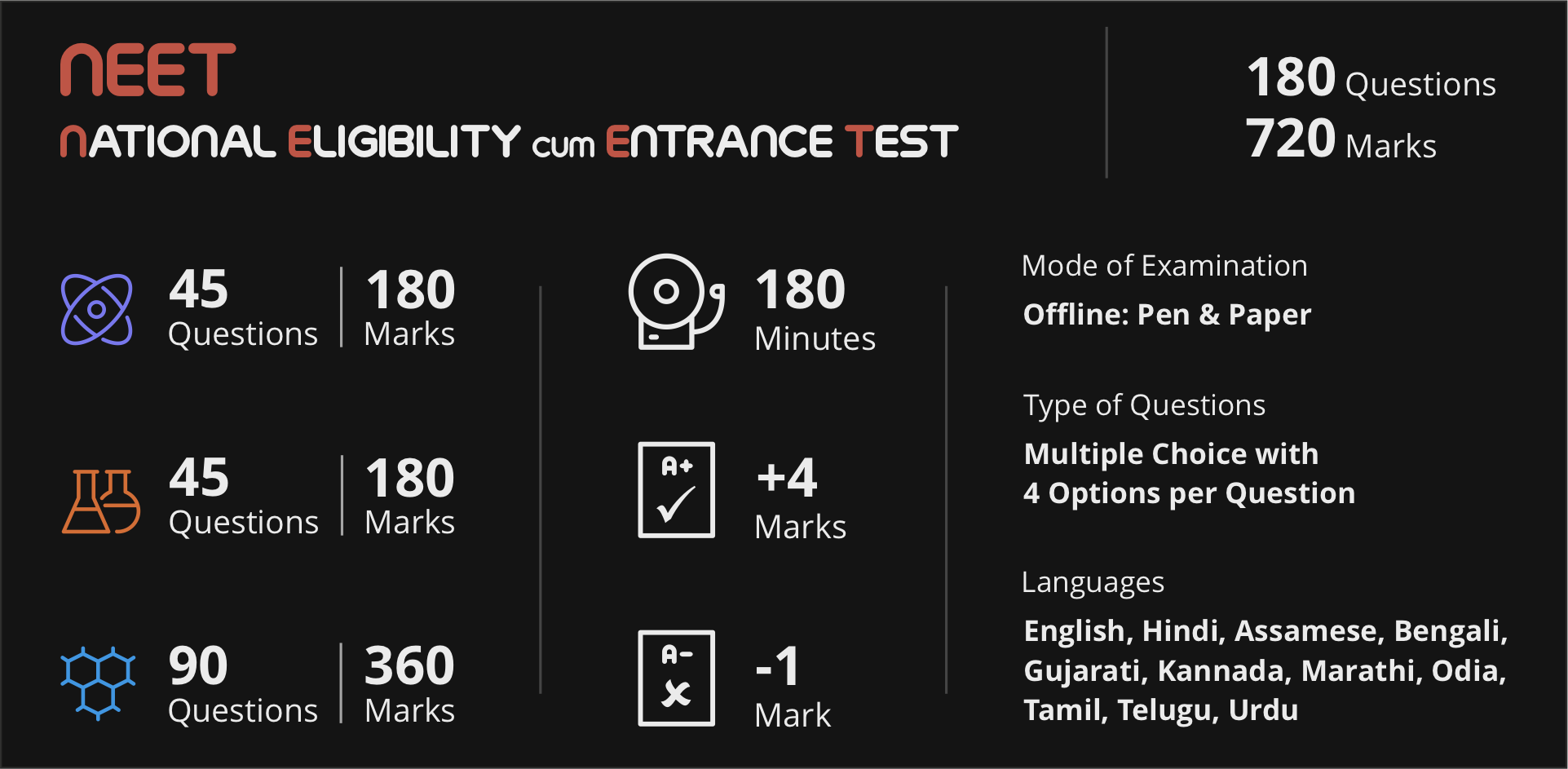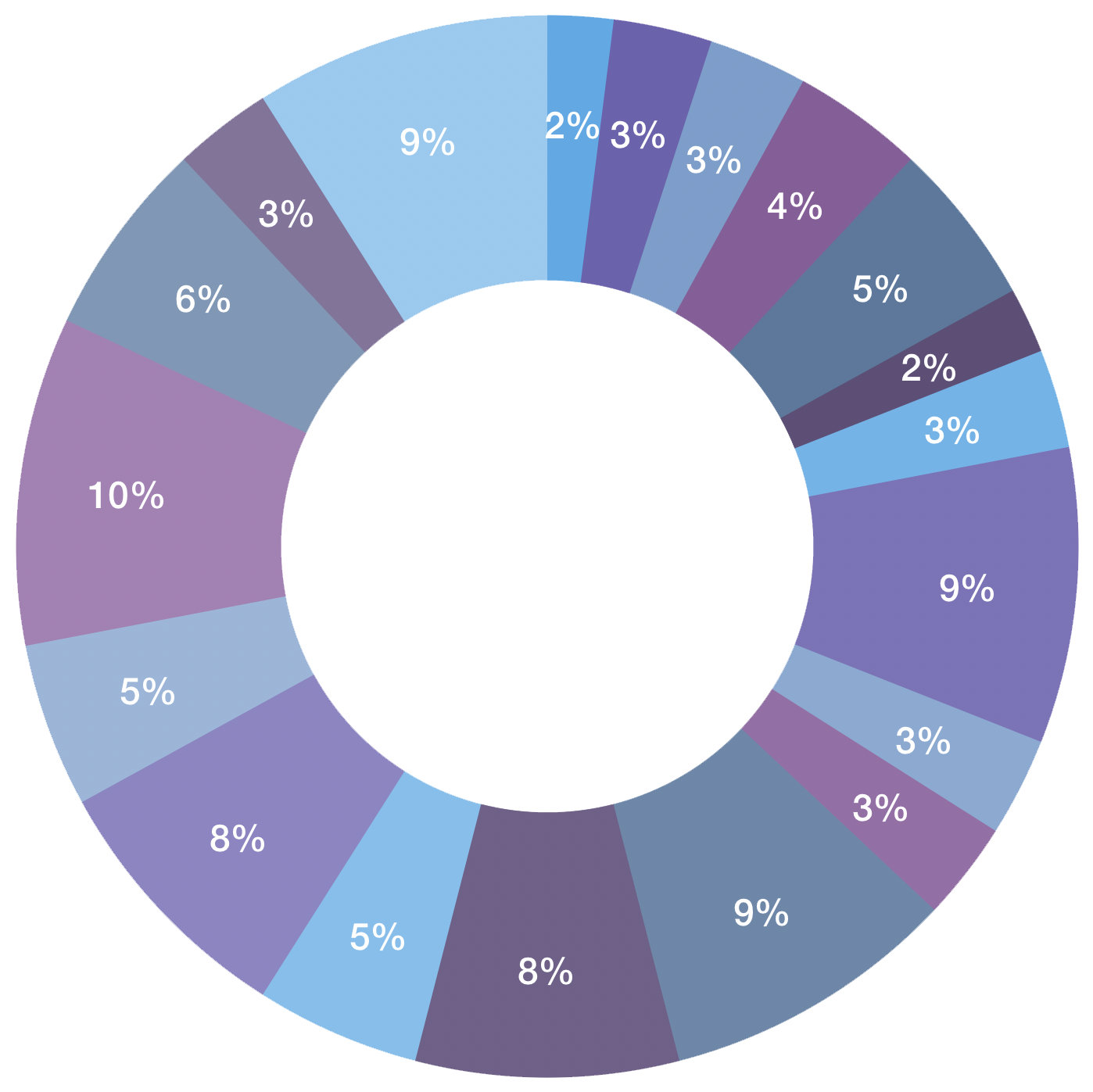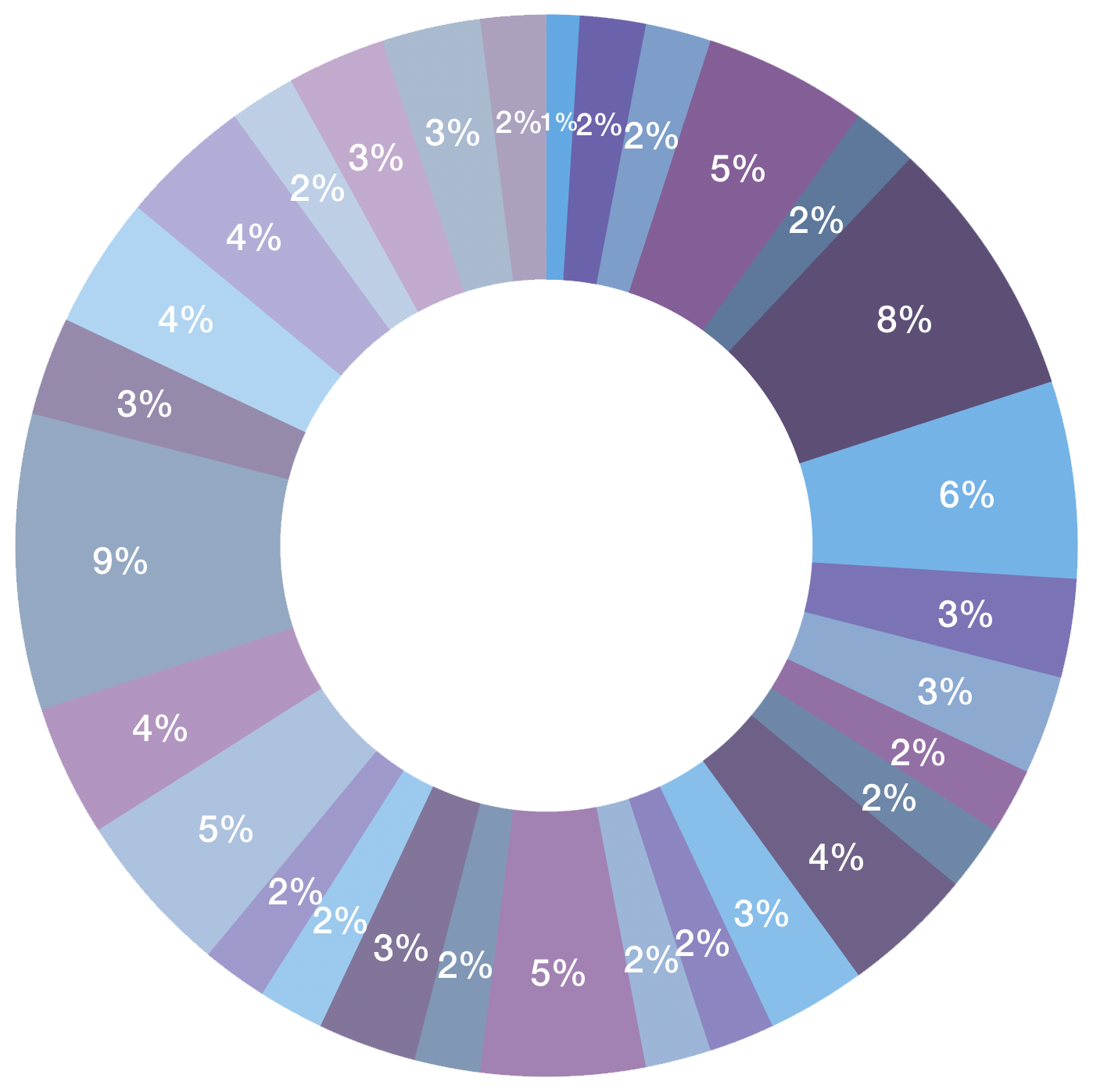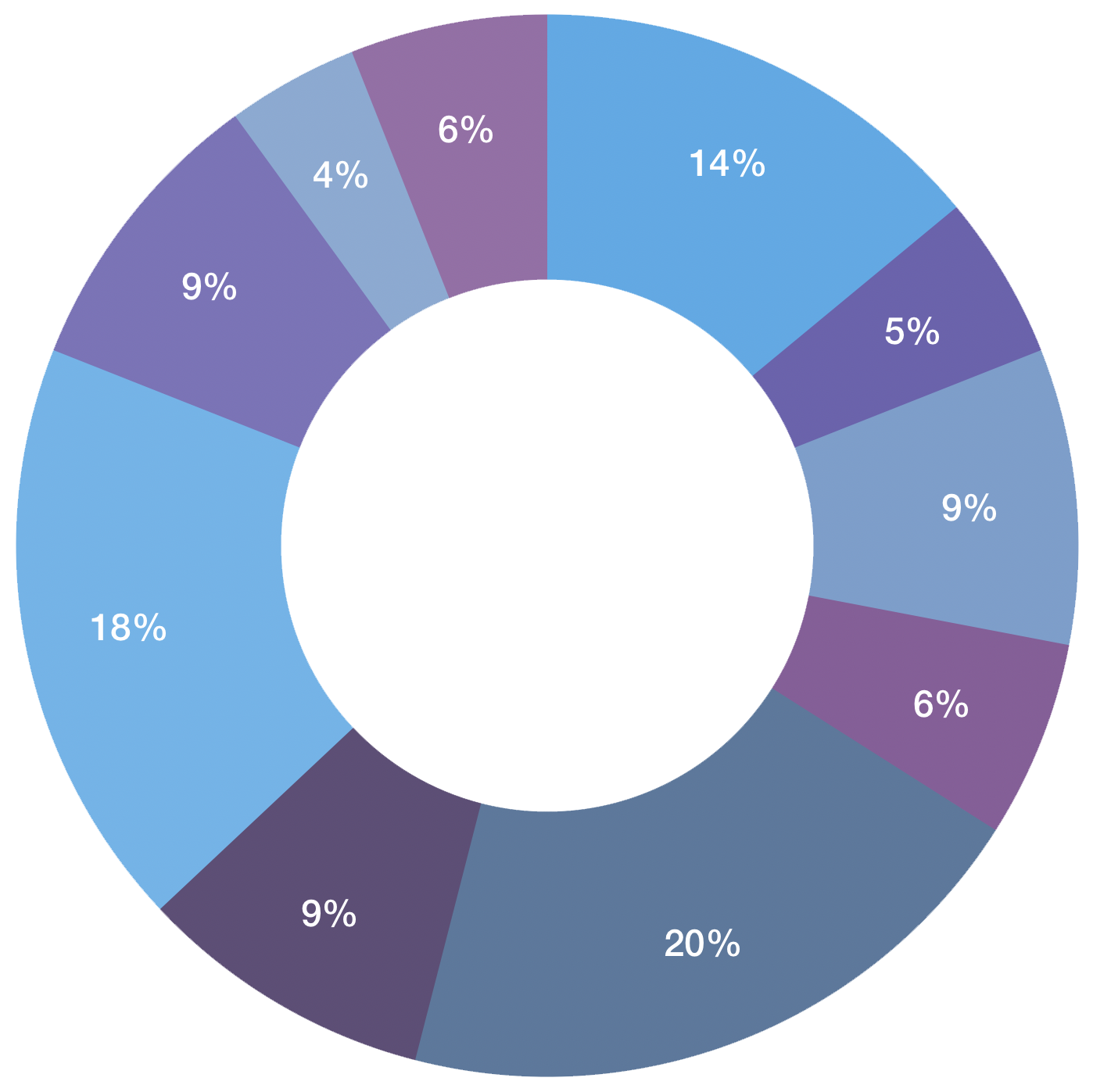


Basic Information & Test Pattern
NEET, or National Entrance cum Eligibility Test, is an All India Examination that is required to be written by those interested in pursuing Medicine- to become Doctors. Some 15,93,452 aspirants have registered for this Exam this year (2020), making it one of THE most Competitive Exams in the Country. With Skoolmo's Mock-Tests, one can practice, learn and score better...with ease!

Important Dates
| STATUS | DATE | EVENT |
|---|---|---|
| CLOSED | 02 DEC, 2019 to 31 DEC, 2019 | Apply online on www.nta.ac.in |
| CLOSED | By 06 JAN, 2020 | Pay Fees online |
| CLOSED | 15 JAN, 2020 to 31 JAN, 2020 | Application correction |
| POSTPONED | From 27 MAR, 2020 | Admit Card available *POSTPONED* |
| POSTPONED | 03 MAY, 2020 | Examination *POSTPONED* |
| POSTPONED | 04 JUN, 2020 | Results *POSTPONED* |
Eligibility
Examination Centres
Points to note:
List of Examination Centres for NEET 2020:
Application Process
All Candidates are required to fill the Application Form - online only; there is no offline mode of applying for NEET. We have broken down and simplied the entire Application Process in 6 easy steps.
Visit www.nta.ac.in and register yourself by filling in all required information like your Name, Father's Name, Mother's Name, Gender, Date of Birth, etc.
Once you have successfully registered, fill the Online Application Form and submit your Personal & Academic details and choice of Examination Centre.
After filling out the entire Application, review it and check all details carefully. If there are no changes to be made, click on the "Final Submission" button.
Upload a copy of your scanned Photograph and Specimen Signature, in the prescribed manner.
Make a payment via Net Banking, Debit or Credit Card, or through an SBI Offline Challan and submit the Form.
After submitting all the required details, download the submitted Application Form and print a copy for your records and future reference.
Syllabus
The Medical Council of India (MCI) recommends the following Syllabus for the National Eligibility-cum-Entrance Test (NEET-UG), for Admission to MBBS Courses across India. Each Chapter has been broken down into important Topics, to make for easy Studying. By the side of each Chapter’s Title is the ‘Weightage’ of that particular Chapter - or what percentage of that Chapter is likely to be covered in NEET 2020.





